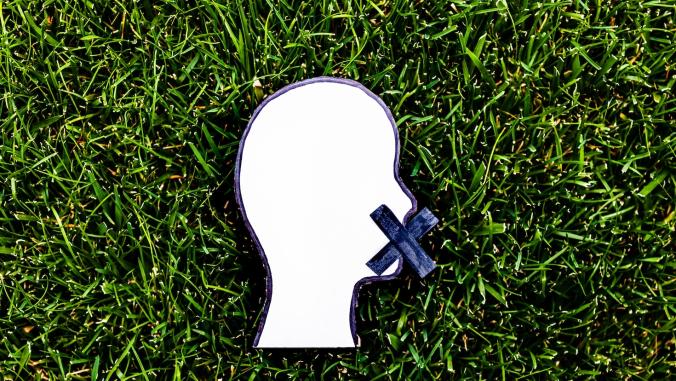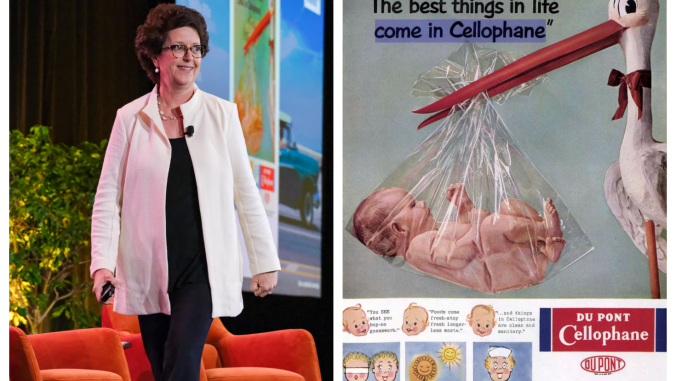How to Help Consumers Feel Secure, Not Screwed
How many times have you conducted a survey to test consumer likelihood to buy a product or product, and seen encouraging propensity numbers, only to have actual purchase/participation not bear out like the survey predicted? It happens all the time, particularly in the green arena -- and it doesn’t have to be that way, says Suzanne Shelton.

How many times have you conducted a survey to test consumer likelihood to buy a product or product, and seen encouraging propensity numbers, only to have actual purchase/participation not bear out like the survey predicted? We see it all the time -- particularly in the green arena.
My firm, Shelton Group, is one of the few ad agencies in the country entirely focused on motivating mainstream consumers to make sustainable choices. We work with consumer products and services companies -- utilities, building product companies and traditional companies with a green story to tell -- to craft believable, actionable marketing strategies that increase net revenue while simultaneously creating a sustainable world.
To that end, we conduct four proprietary consumer insight studies on an annual basis -- Energy Pulse, Eco Pulse, Utility Pulse and Green Living Pulse. The benefit of doing the same study year after year is you can see where consumers did the things they said they would…and where they didn't.
We continually see that likelihood to buy green and/or energy efficient products is high -- usually anywhere from 30-60 percent likely-very likely depending on the product we're testing. Yet year after year the percentage of people who say they've bought those products doesn't add up to the same number who said they would. There are two explanations for this and they're both about fear:
• Fear of being screwed. When it comes to green products this country is in desperate need of a believable, trustworthy green label. In our focus groups consumers often express frustration about not knowing who to believe when it comes to green products. They joke about "Bob in the back" deciding if a product is green or not, slapping an eco logo on it and putting it on the store shelf.
In our 2008 Eco Pulse study, only 13 percent of the population said they think companies make green claims because the company owners/board actually care about the environment (most folks think it's a marketing ploy). So though nearly half the population says they consider a company's environmental record as they make their purchase decisions only 7 percent can name a product they purchased because they liked one company's environmental record over another. Yes, that's lack of education, but it's also distrust -- they don't really know who to believe.
• Fear of screwing themselves. In our recently released Utility Pulse study we saw that propensity to purchase energy efficient products like programmable thermostats, high efficiency water heaters and insulation was through the roof when consumers learned the potential utility bill savings associated with each product. Yet we also learned through that study that over half the population doesn't believe they're using more electricity today than they were five years ago (which likely isn't true -- as a nation our electricity consumption increased 10 percent over the last five years).
And two-thirds of the population thinks their home is energy efficient as it is, even though two-thirds also told us their homes are over 20 years old (which means their homes likely aren't efficient). So, though consumers say they'll spend the extra money for a higher efficiency product, when it comes time to write the check a little voice in their head says, "You know, your home's already pretty efficient, and you don't use that much electricity anyway, so save the money and do something else with it." And thus they go from "likely to" to "not doing" just like that.
Obviously, the missing link is education. But that piece is tricky. Most consumers don't want to hear a big list of things they're doing wrong or a list of things they need to change or a list of threats of what will happen if they don't change their ways. (It never worked when your mother used those tactics did it?) Yet most green marketing boils down to exactly that.
Bottom line: If you want to motivate a consumer to make a sustainable choice, you've got to tell him what's in it for him. And what he'll respond to for green marketing is the same thing he'll respond to for almost any other marketing -- basic human emotional needs satisfaction. He wants to gain peace of mind, happiness, a sense of control. And he wants to be seen as smart and cool. Appeal to those drivers, and give consumers a reason to believe they're not going to be screwed, and you'll move them from likelihood to action slowly but surely.
Suzanne C. Shelton is founder, president and CEO of Shelton Group, an advertising agency focused exclusively on motivating mainstream consumers to make sustainable choices.
Image by woodsy





